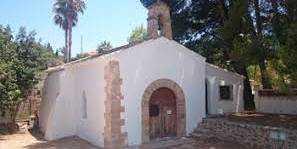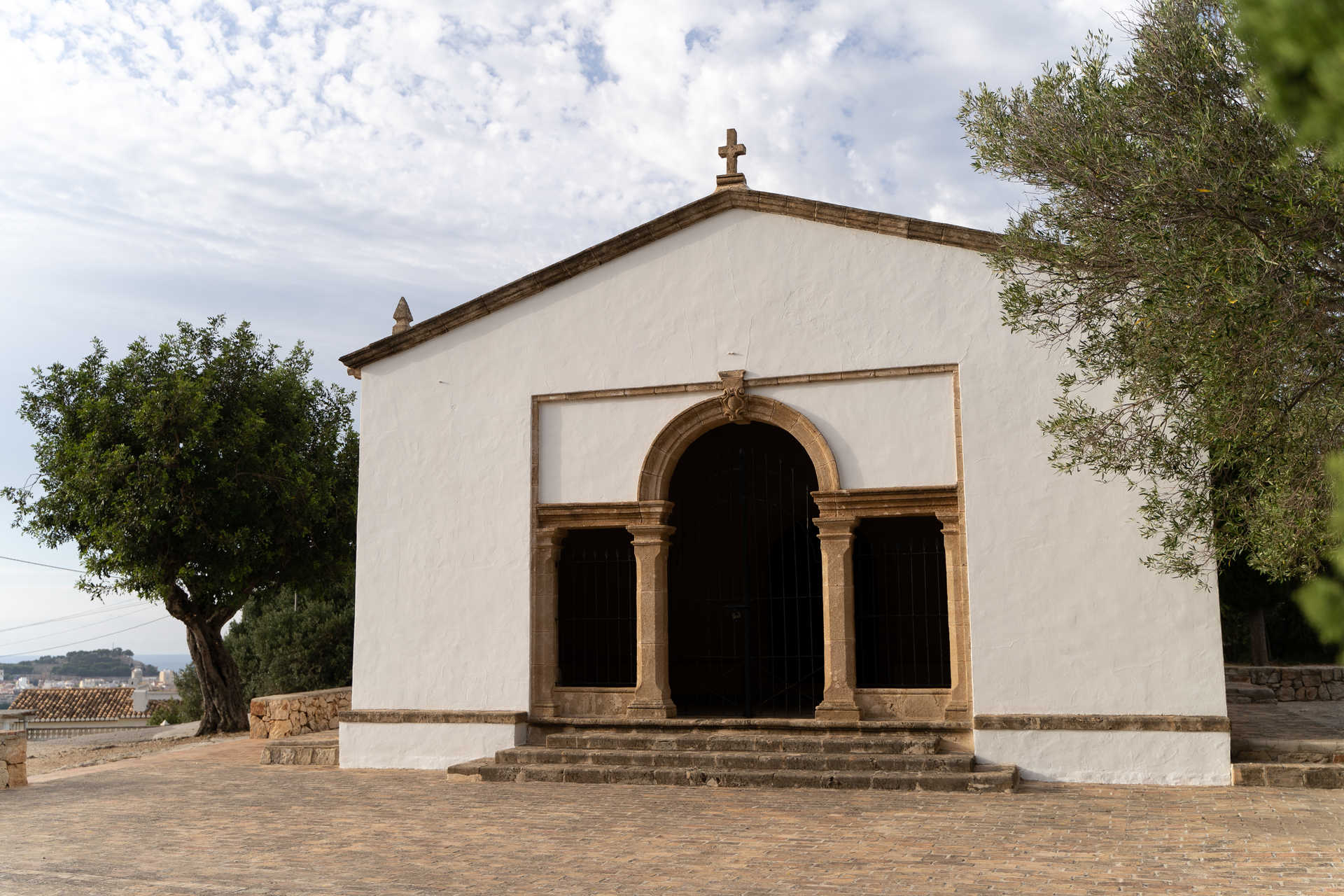Ermita de Santa Lucía

Multimedia Gallery


Multimedia Gallery
- Cno. de Santa Llúcia, 29
- Dénia
- 03700
- Cno. de Santa Llúcia
- contact information
- 966 422 367
- 966 423 420
- denia@touristinfo.net
- Access the web
Ermita de Santa Lucía, Santa Lucía Chapel in Dénia, built in the 15th century, is a beautiful place of worship that you’re going to want to visit during your time in this part of the province of Alicante. Santa Lucía Chapel in Dénia is about 2.5km from the centre of the town, making it a great endpoint for a lovely walk. Alternatively, you can drive there.
Located in a residential area close to El Montgó Natural Park, Santa Lucía Chapel is a small, charming structure that is one of the Conquest chapels. Inside you can see a statue of the saint as well as a valuable chalice dating to the 17th century. Remember to check the opening times.
Each year, for the Santa Lucía festivities, the chapel hosts a pilgrimage and a "porrat", a fair. A great day to come and explore the area.
Come and visit all of Dénia’s most iconic buildings and discover another side of this fascinating destination.

















